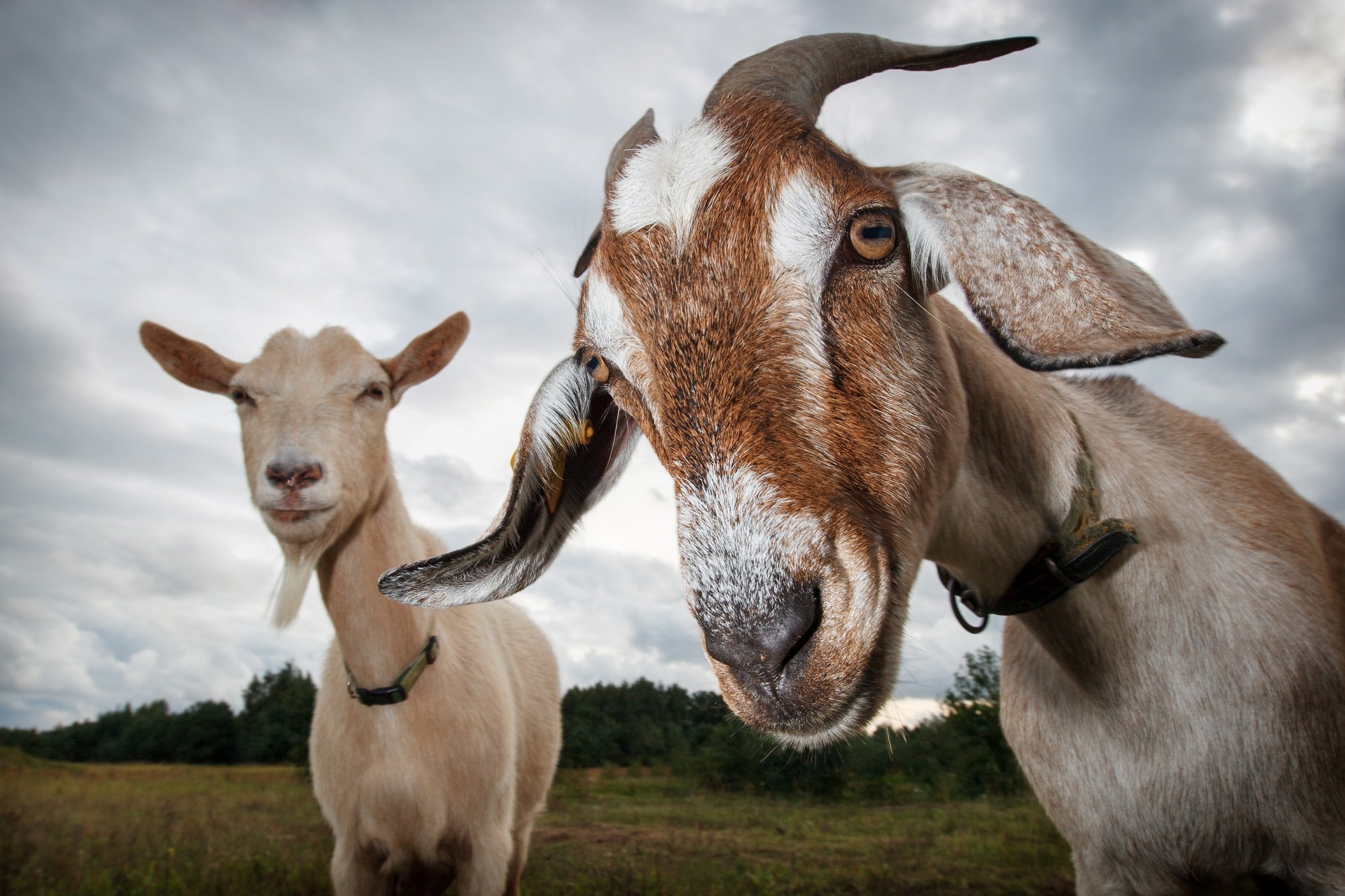A recent study published in Scientific Reports explored the potential of goat hair as a natural fiber reinforcement in lightweight cement composites, aiming to enhance both mechanical properties and sustainability.
 Study: The impact of goat hair as a natural animal fiber on the properties of the lightweight cement composite. Image Credit: Linas T/Shutterstock.com
Study: The impact of goat hair as a natural animal fiber on the properties of the lightweight cement composite. Image Credit: Linas T/Shutterstock.com
Background
The construction industry is increasingly incorporating sustainable and innovative materials to improve efficiency and environmental impact. One approach involves modifying cement matrices with natural fibers to reduce shrinkage and enhance the cracking resistance of mortars and concrete, making structures more durable and resistant to load and shrinkage stresses.
This study examined the use of goat hair and granulated glass aggregates (GGA) in lightweight concrete, highlighting their unique properties and potential applications. Goat hair, historically used by Iranian nomads for its durability and weather resistance, offers promising mechanical benefits. Similarly, GGA serves as a viable alternative to traditional aggregates due to its low density, thermal insulation, and fire resistance.
Methods
Researchers incorporated goat hair fibers sourced from Qashqai tribe nomads near Shiraz, Iran, into non-standard lightweight composites. The morphology of these fibers was analyzed using a high-resolution digital microscope. The study used CEM II/B-V cement, known for its lower clinker content (approximately 65 %), which contributes to sustainability.
The cement composites included GGA (0.25–2 mm grain diameter) and lightweight sintered ash (LSA; 2–4 mm grain diameter) as aggregates. A plasticizing admixture (0.2–5 % of the cement mass) was also added to improve binding. Six different composite mixes were prepared with goat hair-to-cement ratios of 0 %, 0.4 %, and 0.8 %, and water-to-cement ratios of 0.4 and 0.5.
The composite mix was blended in an automatic mixer and cast in two layers into three-part metal molds. For testing, 36 composite specimens (six of each type) measuring 4 × 4 × 16 cm were prepared for flexural strength analysis, while 72 specimens (12 of each type) measuring 4 × 4 cm were used for compressive strength tests. Consistency was assessed using a shock table.
Results and Discussion
The study found that composites containing 0.8 % goat hair achieved a maximum 28-day flexural strength of 3.9 MPa, a 21.8 % increase over the control mix. Meanwhile, the highest seven-day flexural strength (4.1 MPa) was observed in samples with 0.4 % goat hair, indicating a positive impact on flexural performance over time.
Compressive strength also showed steady improvement across all specimens. The 28-day compressive strength of the sample with 0.4 % goat hair was 21.5 % higher than the control mix, making it the most effective composition in terms of tensile and compressive performance.
Overall, compressive strength improved by 5.5 % and 21.5 %, while flexural strength increased by 2.5 % and 21.8 % at water-to-cement ratios of 0.4 and 0.5, respectively, compared to the control mix. These results suggest that the beneficial effects of goat hair on cement composites are more pronounced at higher water-to-cement ratios.
A strong linear correlation was identified between tensile and compressive strength values, offering a reliable method for predicting one property based on the other. This relationship has potential practical applications in determining material properties for construction use.
Conclusion and Future Prospects
The findings confirm that incorporating goat hair fibers enhances the mechanical properties of lightweight cement composites while supporting sustainability in construction. The research demonstrated that goat hair contributes to improved compressive and flexural strength over time, making it a viable reinforcement for long-lasting and durable building materials.
Further studies are recommended to optimize natural fiber composites for broader adoption in construction. Exploring a wider range of fiber proportions and water-to-cement ratios could provide deeper insights into their effects on mechanical properties and workability. Additionally, advanced techniques like scanning electron microscopy could offer a more detailed analysis of the microstructural behavior of goat-hair-reinforced composites. Addressing these aspects will help refine and expand the use of natural fiber reinforcements in modern, eco-friendly construction materials.
Journal Reference
Hassas, N. et al. (2025). The impact of goat hair as a natural animal fiber on properties of the lightweight cement composite. Scientific Reports, 15(1). DOI: 10.1038/s41598-025-91130-9, https://www.nature.com/articles/s41598-025-91130-9
Disclaimer: The views expressed here are those of the author expressed in their private capacity and do not necessarily represent the views of AZoM.com Limited T/A AZoNetwork the owner and operator of this website. This disclaimer forms part of the Terms and conditions of use of this website.